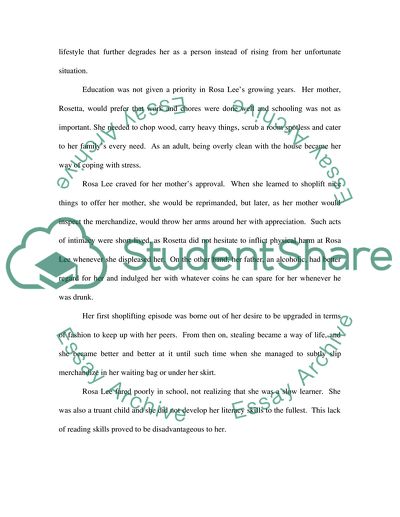Cite this document
(Cognitive Behavior Therapy: the Relationship Between Environmental Research Paper, n.d.)
Cognitive Behavior Therapy: the Relationship Between Environmental Research Paper. Retrieved from https://studentshare.org/health-sciences-medicine/1747330-counsilling-and-therapy-essay-part-1
Cognitive Behavior Therapy: the Relationship Between Environmental Research Paper. Retrieved from https://studentshare.org/health-sciences-medicine/1747330-counsilling-and-therapy-essay-part-1
(Cognitive Behavior Therapy: The Relationship Between Environmental Research Paper)
Cognitive Behavior Therapy: The Relationship Between Environmental Research Paper. https://studentshare.org/health-sciences-medicine/1747330-counsilling-and-therapy-essay-part-1.
Cognitive Behavior Therapy: The Relationship Between Environmental Research Paper. https://studentshare.org/health-sciences-medicine/1747330-counsilling-and-therapy-essay-part-1.
“Cognitive Behavior Therapy: The Relationship Between Environmental Research Paper”, n.d. https://studentshare.org/health-sciences-medicine/1747330-counsilling-and-therapy-essay-part-1.


